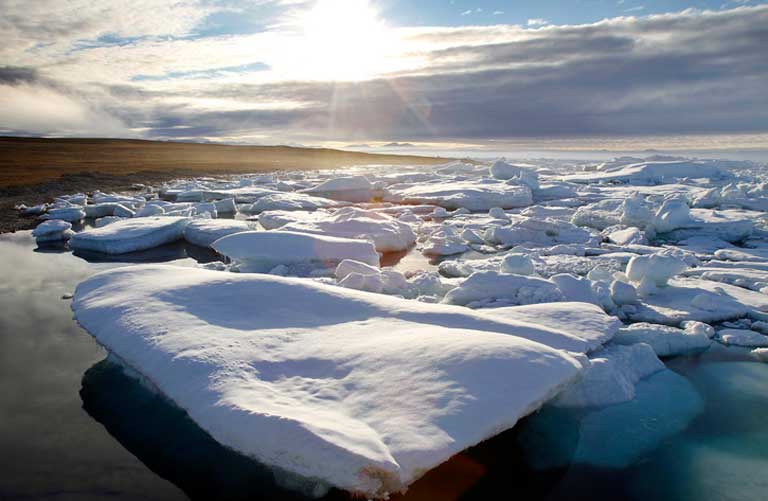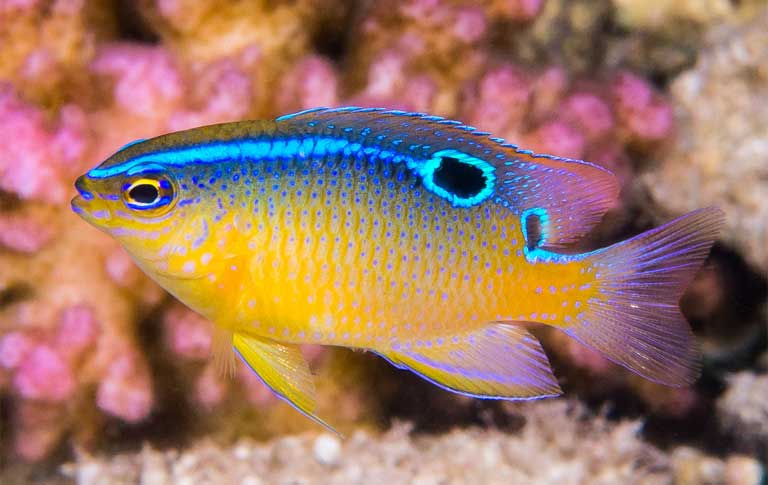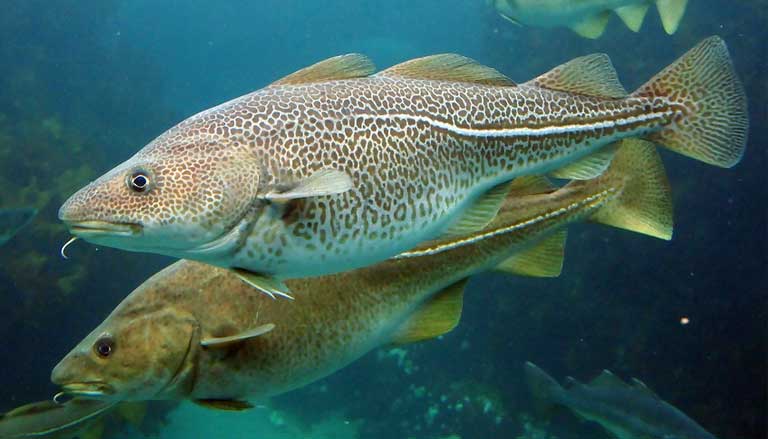- Considering the swarming biodiversity at the equator, and the lack of diversity near the poles, scientists have long assumed that species evolve more rapidly in warm waters. But a new study of the evolutionary development of 30,000 fish species has turned that idea on its head.
- Biologists found that a fish species in the tropics split into a new species on average every 10 to 20 million years. But near the poles, that average rate is roughly every four million years – more than twice as fast.
- The reason may be the far more extreme and less stable climatic conditions found near the poles. This results in more frequent extinctions, which clears out species diversity and empties ecological niches, setting the stage for the next new burst of species formation in other groups of organisms.
- But if species form faster at the poles than in the tropics, why isn’t there greater biodiversity in the Arctic and Antarctic than at the equator? One possibility: while speciation is more rapid at the poles, extinctions may be more numerous too. But this still isn’t clear, and more research will be needed to find out.

Picture a healthy, tropical coral reef. Lionfish, parrotfish, and clownfish dart through cerulean waters, swimming over a veritable rainbow of corals. Now picture the Arctic and Antarctic oceans. If you struggle to come up with anything besides a cold, dark abyss, where very little ever happens ecologically or evolutionarily, you’re not alone. But, you’d also be wrong.
The tropics are home to a dazzling array of biodiversity, the temperate zones less so, with the poles often evoking words like “barren” and “desolate.” Biologists describe this continuum as the latitudinal diversity gradient, with species densities lowest in the Arctic and Antarctic, and highest around the equator. This concept has long guided our thinking about Earth’s biodiversity, informing widely held assumptions that the tropics have higher biodiversity because species form there faster.
That’s why new research, published in the journal Nature, is so shocking to the scientific community.

When researchers compared the evolutionary relationships of more than 30,000 fish species, they found that the rate of speciation – the time it takes for one species to split and become two separate species – was significantly higher at the poles than in the tropics. It’s a discovery that upends our preconceived notions about global biodiversity development.
In their analysis, researchers found that a fish species in the tropics split into a new species on average every 10 to 20 million years. But near the poles, that average rate was more like every four million years – more than twice as fast.
The reason why this is, says Daniel Rabosky, lead author of the study and evolutionary biologist at the University of Michigan, isn’t yet clear.

It’s unlikely, says Rabosky, that anything about the physical environment itself, such as low surface temperatures, is leading to a faster rate of speciation at the poles. “Certainly, [speciation] should be faster due to temperature in the tropics,” he explains. “The accepted wisdom is that warmer places should have more things going on than cold places.” Rather, he thinks what’s ultimately driving this suped-up speciation has more to do with extinction.
The fossil record shows that there is an explosion of species diversity right after a big extinction event, such as the asteroid impact 65 million years ago that put an end to the dinosaurs and gave mammals their big break. This same rapid rebound effect could also be happening at the poles, given their lack of climatic stability. Freshwater lakes in northern Canada, where ice sheets once sat, seem to backup Rabosky’s hypothesis; researchers there have witnessed rapid speciation among fish, occurring in a blink of an eye on a geologic time-scale.
“Clearing out of species diversity sets the stage for a new burst of species formation in other groups of organisms,” Rabosky explains.

Brian Bowen, a researcher at the University of Hawaii’s Institute of Marine Biology, agrees. The Arctic and Antarctic see extreme variations in conditions not only from year to year, but in terms of glacial cycles, too. “Those places get locked up in ice and then they thaw; that opens up a lot of new habitat at the end of every ice age,” Bowen says. “If there’s one thing we understand about species flux and high levels of speciation, it’s that when you open up new habitat you tend to get rapid speciation.”
Bowen points to similar rapid species development in the Galapagos and Hawaiian Islands which support this theory; both archipelagos formed from volcanic lava that welled up in the middle of the ocean, far from any continental land mass, and both areas have a high number of endemic species. “Something gets in there, where there are all kinds of unused niches, and they speciate rapidly.”
But if species are forming faster at the poles than in the tropics, why isn’t there more biodiversity in the Arctic and Antarctic compared to near the equator? Possibly, while speciation is faster up north, then so is extinction. But that isn’t entirely clear, says Rabosky, and will require digging deeper into the fossil record.
“There is no real understanding of what is regulating diversity on Earth… that’s one of the big frontiers here,” he says.

Though not his preferred take, Rabosky suggests the Arctic and Antarctic could currently be undergoing a sudden explosion of diversity, and that if we were to look 20 million years into the future, the latitudinal diversity gradient could have all but disappeared. However, our current lack of knowledge makes it too difficult to determine whether the rate of speciation at the poles has increased or decreased over time.
Another unanswered question: is the rapid polar speciation seen in fish also occurring in other animals and plants? Does it apply to mollusks, algae, and crustaceans? And what about non-marine life? Birds, for example, don’t seem to show the same relationship between latitude and species formation, while mammals have never been studied in this way.
“This is a fascinating wrinkle on the whole issue of the origins of biodiversity,” says Bowen.

